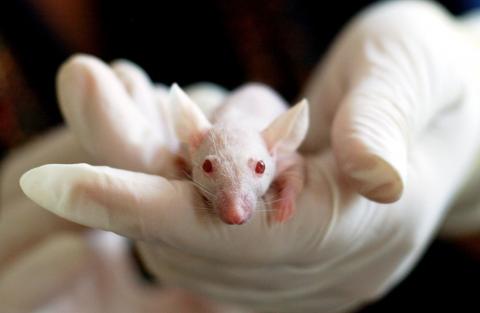Noise and air pollution associated with poorer mental health in young people and adolescents
A study in England has found a link between increased exposure to air pollution during early life and the risk of developing psychotic disorders and depression during youth. In addition, greater exposure to noise during childhood and adolescence was associated with an increased risk of anxiety. The results of the study, which collected data from more than 9,000 people, are published in the journal JAMA Network Open.

Jordi Sunyer - polución salud mental EN
Jordi Sunyer
Researcher at ISGlobal and Professor of Preventive Medicine and Public Health at the Universitat Pompeu Fabra in Barcelona
ALSPAC (The Avon Longitudinal Study of Parents and Children) is one of the best prospective cohort studies from early pregnancy to adulthood in the world.
The study confirms evidence on the effect of urban pollution on psychosis and depression, previously observed in adults, children and young people. And it shows, in one of the first times, a role of noise in childhood and youth on anxiety at these stages.
Further studies in which the measurement of psychiatric disorders and of pollution and noise are more valid are needed to confirm these results, as well as studies in other areas to show that they are not unique to the south of England.
Andoni - Mental (EN)
Jon Andoni Duñabeitia
Researcher in Cognitive Science of Language and Professor of Psychology at Nebrija University
The study presents a carefully selected sample from which data have been collected at different levels, including aspects related to mental health at different points in time, from mothers' pregnancy to adulthood. In addition, these longitudinal data are combined with existing data on air and noise pollution from different points in time obtained from objective sources. The study develops a series of highly accurate statistical analyses that take into account possible modulating variables of the effects, and the conclusions are well supported by the findings.
This study presents us with two types of evidence that invite us to rethink the impact of pollution on neurodevelopment and mental health throughout childhood and youth.
On the one hand, this research reveals that exposure to small air pollutants during pregnancy, and in some cases during childhood, has a potentiating effect on mental health problems related to both psychotic episodes and symptoms of depression during adolescence and young adulthood.And, on the other hand, this study shows how exposure to noise pollution during childhood and adolescence is associated with a greater presence of anxiety in people. These results link directly with recent meta-analyses that also demonstrate the impact of exposure to small particulate pollutants during pregnancy on the weight of newborns, especially in Europe, highlighting the relevance of environmental pollution on neurodevelopment and cognitive and mental health.
The study is not flawed in any way and the results are well founded on sound statistical approaches.
Newbury et al.
- Research article
- Peer reviewed
- People



